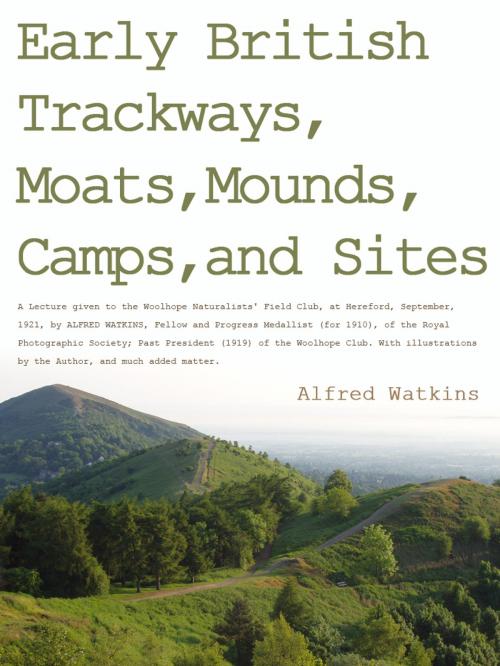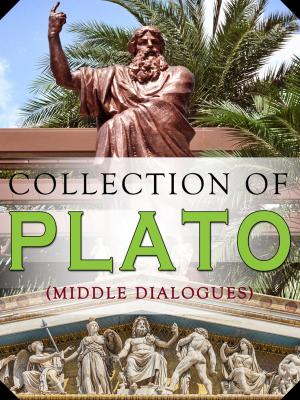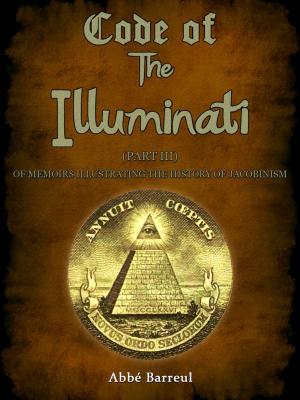Early British Trackways Moats Mounds Camps And Sites
Nonfiction, Science & Nature, Science, Earth Sciences, Geography, Religion & Spirituality, Occult, Occultism, New Age| Author: | Alfred Watkins | ISBN: | 1230000026445 |
| Publisher: | AppsPublisher | Publication: | October 19, 2012 |
| Imprint: | Language: | English |
| Author: | Alfred Watkins |
| ISBN: | 1230000026445 |
| Publisher: | AppsPublisher |
| Publication: | October 19, 2012 |
| Imprint: | |
| Language: | English |
Early British Trackways, Moats, Mounds, Camps and Sites
by Alfred Watkins
These-if ancient-seem to be invariably on (not merely alongside) a ley, and in many cases are at the crossing of two leys, thus appropriating the sighting point to a new use. -from "Churches"
Were the significant sites of ancient Britain deliberately aligned along an invisible web of power? Or is it a mere coincidence that so many locations associated with worship and arcane knowledge are situated in unique spatial relationship to one another?
Self-taught photographer and anthropologist Alfred Watkins was the first to discover the "ley lines" apparently connecting the churches, megaliths, earthen mounds, holy wells, and other places of power in Britain, and he published his results in this 1922 book.
Though he offers no extraordinary explanation of their meaning-except, perhaps, that the leys represent ancient trade routes-others have associated ley lines with UFOs, crop circles, dowsing, and other paranormal phenomena. Long out of print, this foundational work is a vital resource for students of the supernatural.
Early British Trackways, Moats, Mounds, Camps and Sites
by Alfred Watkins
These-if ancient-seem to be invariably on (not merely alongside) a ley, and in many cases are at the crossing of two leys, thus appropriating the sighting point to a new use. -from "Churches"
Were the significant sites of ancient Britain deliberately aligned along an invisible web of power? Or is it a mere coincidence that so many locations associated with worship and arcane knowledge are situated in unique spatial relationship to one another?
Self-taught photographer and anthropologist Alfred Watkins was the first to discover the "ley lines" apparently connecting the churches, megaliths, earthen mounds, holy wells, and other places of power in Britain, and he published his results in this 1922 book.
Though he offers no extraordinary explanation of their meaning-except, perhaps, that the leys represent ancient trade routes-others have associated ley lines with UFOs, crop circles, dowsing, and other paranormal phenomena. Long out of print, this foundational work is a vital resource for students of the supernatural.















